According to the provocation launched by Spanish psychologist Rafael Santandreu one should change partners every 5 years to be happy in one’s relationships. I do not comment in any way on such a statement, what is certain is that a work shoe needs to be changed much more frequently!
It is not easy to pinpoint a precise life span for a safety shoe because there are many factors that define its terms and just as many variables involved.
A work shoe tends to be worn every day, so its index of wear and tear is high, but the true degree of wear and tear also depends on where it is used, for what type of work and with what substances it comes into contact, as well as the type of maintenance and care we devote to it.
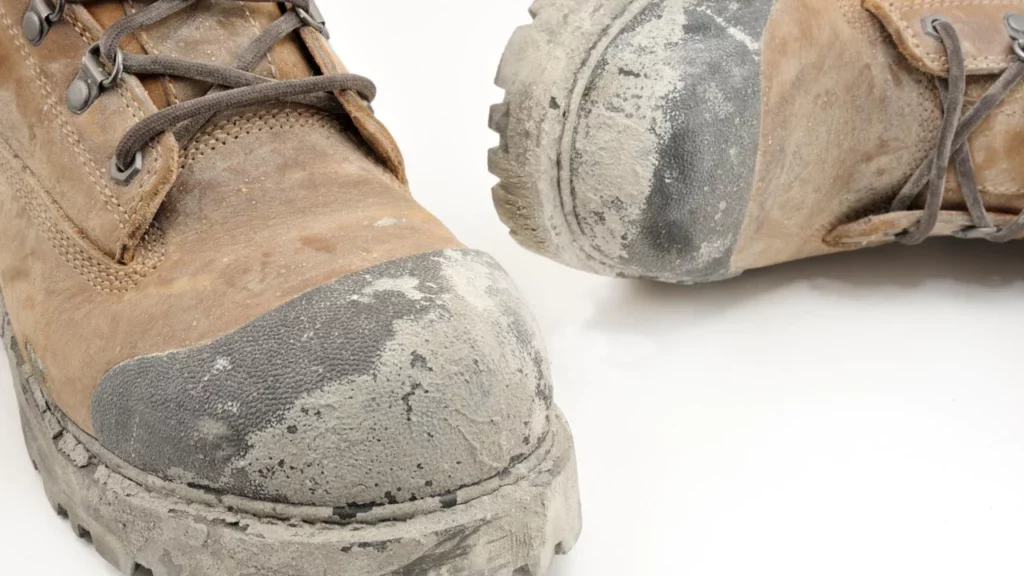
Let’s say that on average it would be a good idea to replace safety footwear every 6 months. Although at first glance they may still appear to you to be in good condition, it is likely that the materials, designed to ensure your protection, have deteriorated going to affect the degree of safety required by your job.
Keep in mind, perhaps not everyone is aware, that safety shoes also expire, somewhat like milk. On the Personal Protective Equipment we wear, the expiration date must be indicated by law, which usually varies from 12 to 18 months. Manufacturers are required to indicate it on labels, along with the quarter of manufacture.
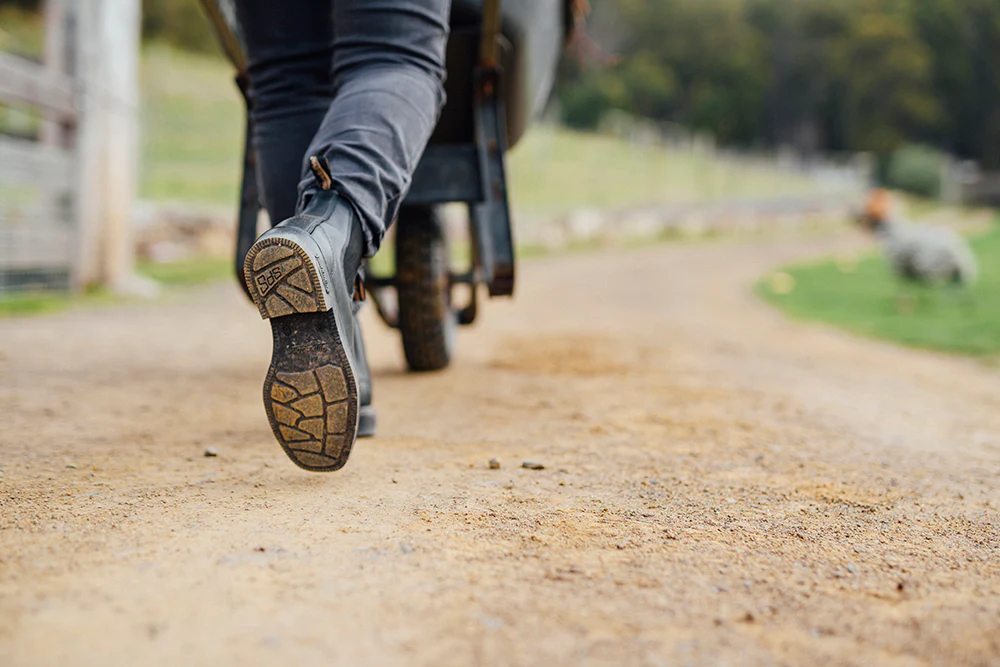
A general-purpose safety shoe must cope with several risks: mechanical, slipping, thermal, chemical aggression… In addition, it must provide for ergonomic behavior and in most cases be antistatic. A complex set of factors to pay attention to, which much has in common with a relationship.
Let’s close not so much with a rule as with a sound principle that applies perfectly to the life cycle of a pair of safety shoes: the greater the degree of risk faced, the shorter the life of the shoes.
Let’s see, then, what can go wrong in the very personal relationship with one’s work footwear?
The soles may have cracks or an excessive level of wear.
For the upper, special attention should be paid to the stitching.
The union between sole and upper is also very critical: here the tightness of the glues or seams should always be carefully evaluated. Detachment of the sole could cause very serious injuries.
Finally, the state of efficiency of the closure system, which could, over time, lose effectiveness, should always be evaluated.
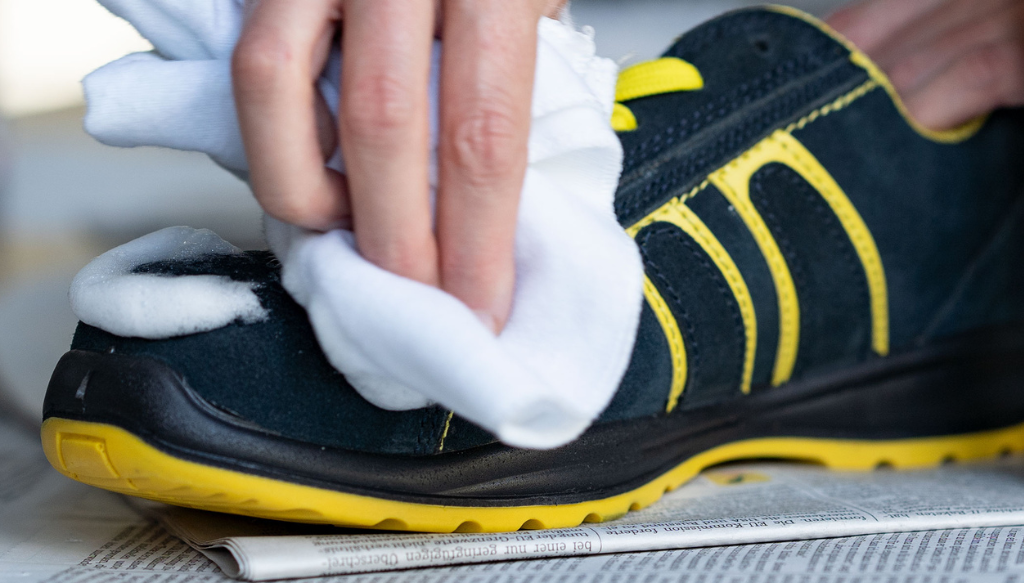
It is essential to give special consideration to traumatic events. As with motorcycle helmets, it is most important to keep in mind that following an accident it is imperative to change shoes immediately. If chemicals affect the upper, they could compromise the closure system. If a tread came into contact with substances for which the sole was not properly treated, grip or the degree of perforation could be affected. If a weight fell on the reinforced toe box, it could damage it, making it hazardous to the fit and certainly much less durable.
The durability of a shoe depends on the work environments in which it is used, but two other crucial factors should not be forgotten: the quality of the raw materials and assembly of the model, as well as the level of maintenance you devote to your shoes. Just as it is essential for a parachute jumper to take care of his or her equipment, it is equally essential for a worker to maintain his or her footwear, to clean the soles and uppers thoroughly, and to test their level of wear and tear on a constant basis.
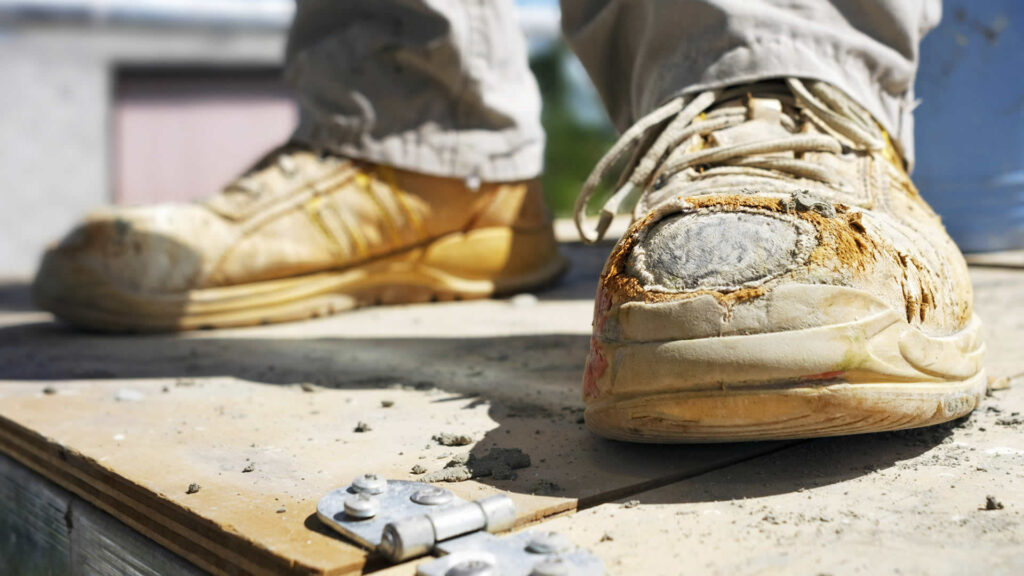
Let’s close not so much with a rule as with a sound principle that applies perfectly to the life cycle of a pair of safety shoes: the greater the degree of risk faced, the shorter the life of the shoes.
You may also be interested in the following articles:

Shoe soles: importance in daily situations
How shoe soles design impacts safety, comfort, and performance in hiking, sports, work, and other usage contexts

Anti-Slip soles: defense against cold and harsh weather
Choosing the right anti-slip soles to face bad weather.
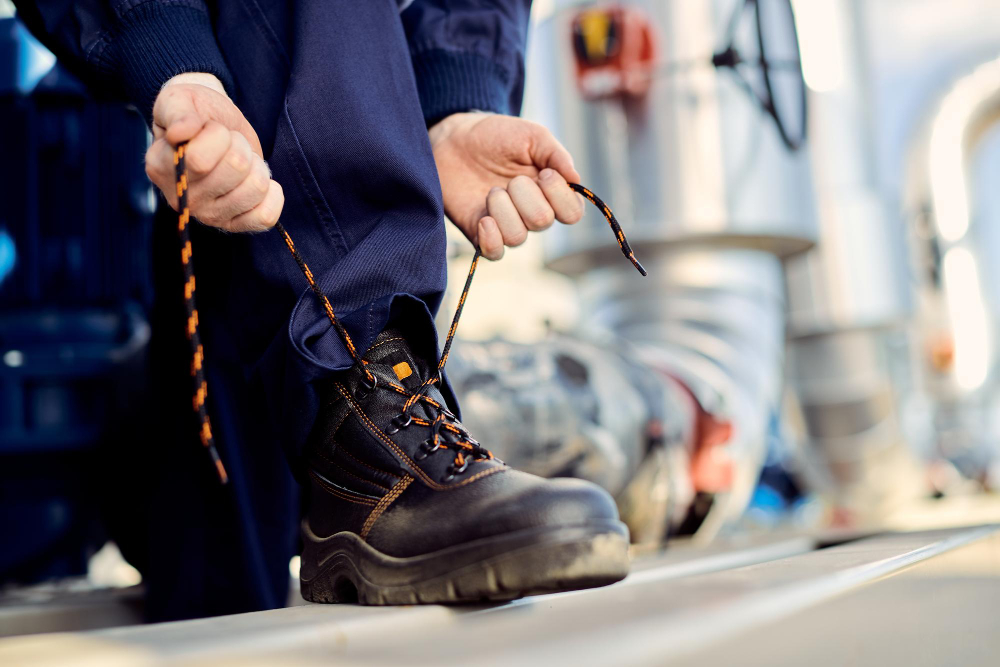
The safety of offshore oil platform workers: the importance of quality safety shoes
Why safety shoes are essential to protect workers in extreme environments (such as offshore oil platforms)











































